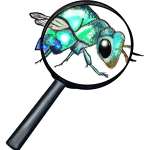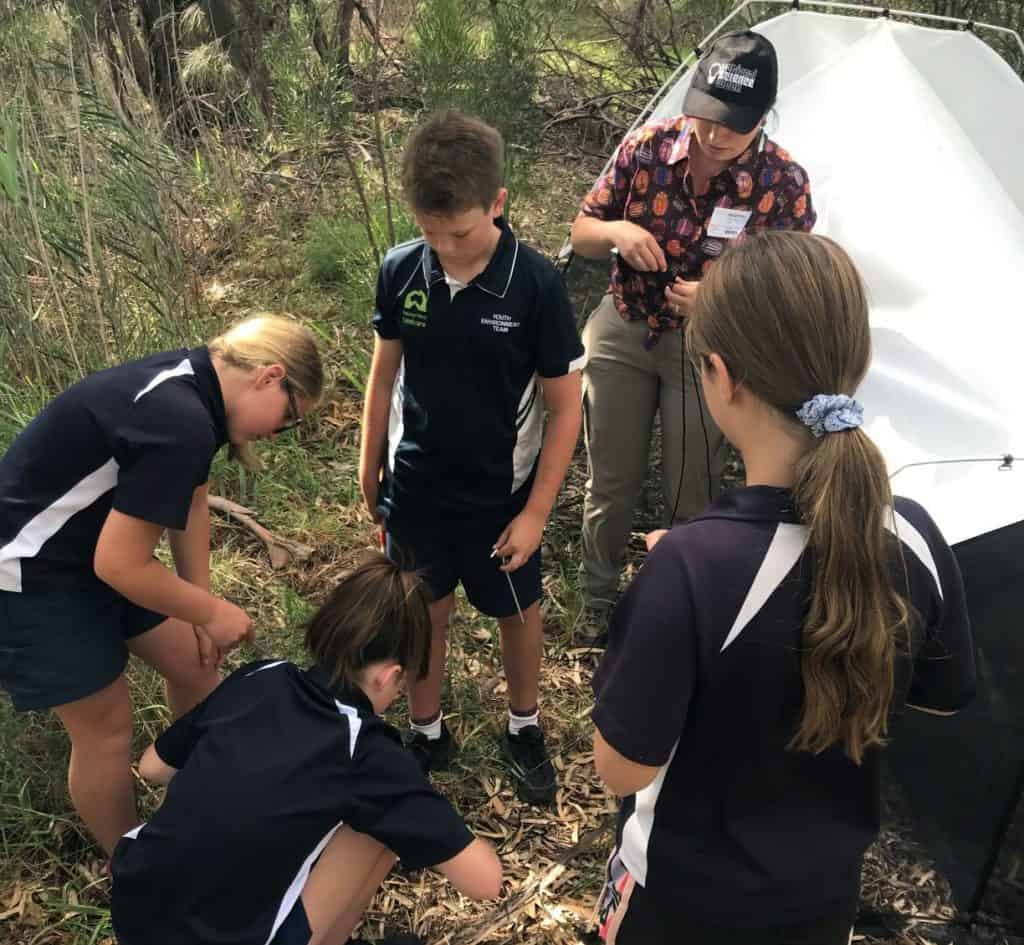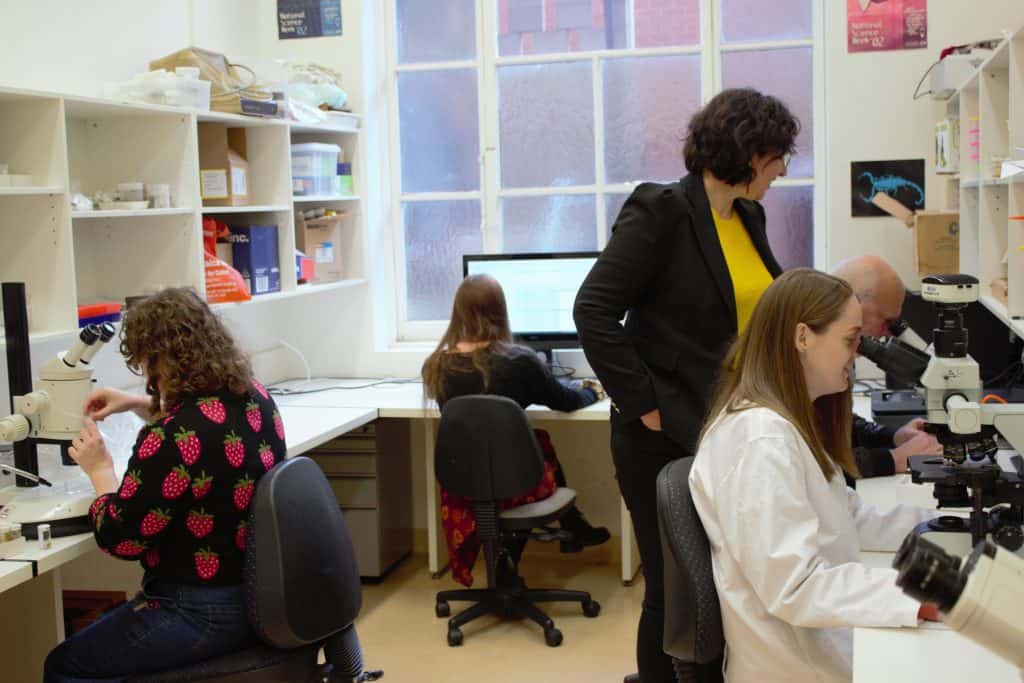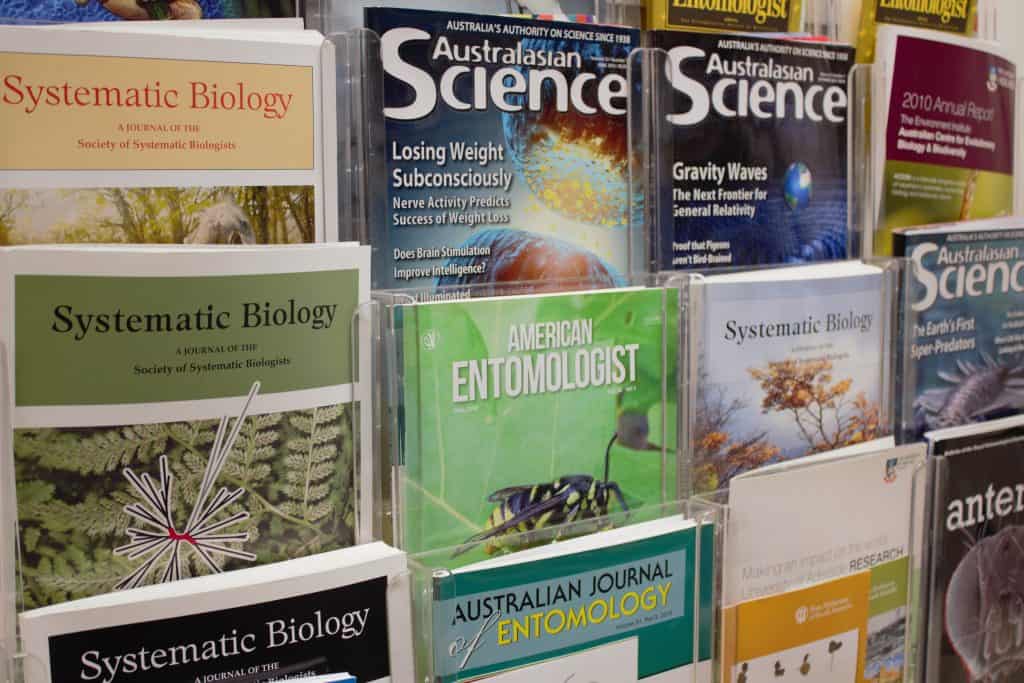
About Us

What is Insect Investigators?
Insect investigators is an exciting collaborative science project. We seek to inspire and educate Australia’s emerging scientists in school, whilst also achieving scientific outcomes.
Inspired by the Canadian School Malaise Trap Program, we’re working with schools across South Australia, Western Australia and Queensland to collect specimens of invertebrates: butterflies, spiders and more. We run classroom sessions with students to educate them in the scientific process, and how it is applied to Australian biodiversity.
We’ve also partnered with experts in Australia’s taxonomic community to assess, describe, document and name new species that are discovered by students across the country.
Summary of the project:
Introduction to the project:
What are we doing?
Taxonomy is the science of discovering, describing and naming species. Estimates suggest that greater than 70% of Australia’s insect diversity is still largely unknown to science, meaning they don’t have a formal name. Here at Insect Investigators, we hope to fix this, whilst educating and inspiring Australia’s next generation of scientists along the way!
For effective taxonomy, the first step is to generate specimens. This means we need to head out into regional Australia and start catching insects! We’ll be using Malaise traps, which passively collect any flying insects that fly into them (think butterflies, bees and blowflies).
We’ll be setting up these traps with help from students, who know better than most where the best places to catch creepy-crawlies are. We safely store everything we catch in alcohol to preserve them, and transport them back to the lab for the next step of the process.


The next step is to get up-close-and-personal with our specimens. Our expert taxonomists will be provided with specimens from their specific groups of expertise, and they’ll hit the microscopes and DNA labs!
We’ve partnered with the Centre for Biodiversity Genomics to achieve efficient high-throughput sequencing of specimens of interest.
The goal is to figure out what makes each species unique, and that could be anything: from the shape of the head, to the numbers of hairs on the legs, to unimaginably tiny changes to the DNA of the insect!
These minute differences allow us to place the species within the broader tree of life, and give us clues about their biology and ecology. All part of the puzzle in understanding out biodiversity.
Finally we’ll need a name. We head back out to the schools with our species ready to be named, and run workshops with the students who caught the specimens.
Once we have our names, we’re done! We publish these species in scientific journals so that they’re recorded forever, and provide information on how to identify them.
We’re dedicated to bringing school students through every step of this process, so we’ll be visiting participating schools throughout the year, running workshops, and writing regular blog posts together.

Who can be involved?
Primary Schools in South Australia, Western Australia and Queensland were invited to be part of the project in 2022. We are currently looking for funding to be able to run the project again.
Taxonomists who specialize in documenting and describing a group of Australia’s invertebrate fauna are welcome to access our specimens.
